MESH Process¶
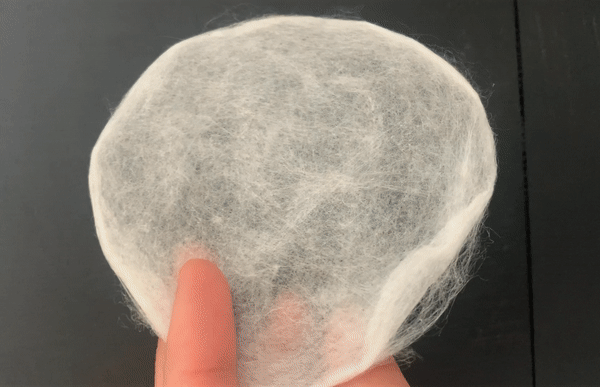 sample of the silk mesh that I will be working with
sample of the silk mesh that I will be working with
Making the Mold¶
The silkworm fabrication tecnique really affects how the mold can look, so I am designing with those factors in mind:
- The fabric material will mimic the mold shape completely
- There cannot be small holes or gaps in the pattern because the worms will spin over them.
- The worms naturally hem edges, so all edges will be stronger than the interior mesh.
- There cannot be any walls that create a 90 degree angle on the mold or the worms will cocoon.
- The edges of the mold must create a "cliff" so the worm stays on the mold.
I will have approximatly 200 worms which can each create 4-6 square inches of meshed silk. The surface area of the mold must be under around 900 square inches. It will probabaly be better to aim smaller anyways in case of any mishaps.
I like the idea of illustrating the silkworms ability to transcribe a 3d shape in their silk mesh. I would like to create a torso model based on my proportions that can be cnc milled. The issue here is that this process would only be sustainable as a scalable model if there were only a few size plastic molds that could be repetitivly used. Making a custom plastic mold for each sustainable silk garment would defeat the purpose.


Design & Fabrication for the Mold¶
Materials¶
During the visit to the Silk Museum in Valencia I learned about some traditional techniques used in Spanish silk production before it dwindled out. This information is from one of the decsription cards next to a recreation of a silkworm rearing house.
The workroom designated for the breeding of silkworms is called an OBRADOR. Bunches of little dried and flexible twigs are set up on segments of cane sticks. Aromatic plant twigs are used for this purpose and a a kind of framework for the cocoons and are referred to as EMBOJADO while the twigs and branches are called BOJES. The branches and twigs come form the buxom shrub or boja reina, rosemary, esparto grass and honeysuckle, among other plant species.

I thought this bit about the aromatic plants was interesting because I was wondering how I could make the mold comfortable or familiar to the worm since they 'naturally' spin their cocoons on tree branches. I decided to lasercut a waffle structure of a torso (similar to the digital bodis week project) and cover this with a paper mache mix that includes some of these foraged local plants.
Make Human Torso¶
I transfered my measurements into make human to start with a human torso shape.
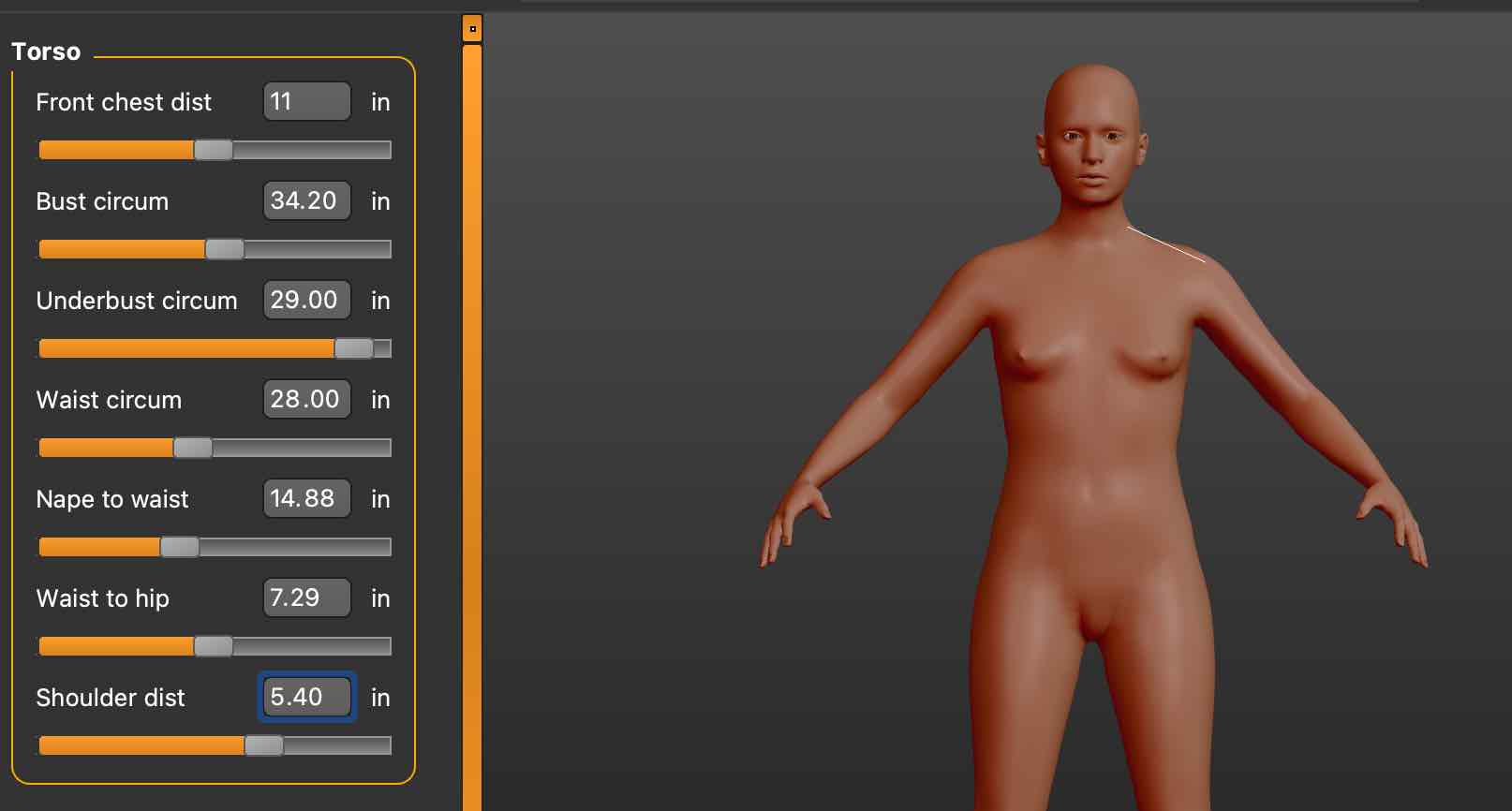
Rhino Modeling¶
I converted the makehuman stl into a QuadRemesh and then a SubD shape so it became a closed solid polysurface. I cut out the torso section that I wanted using boolean difference and trim.

Slicer¶
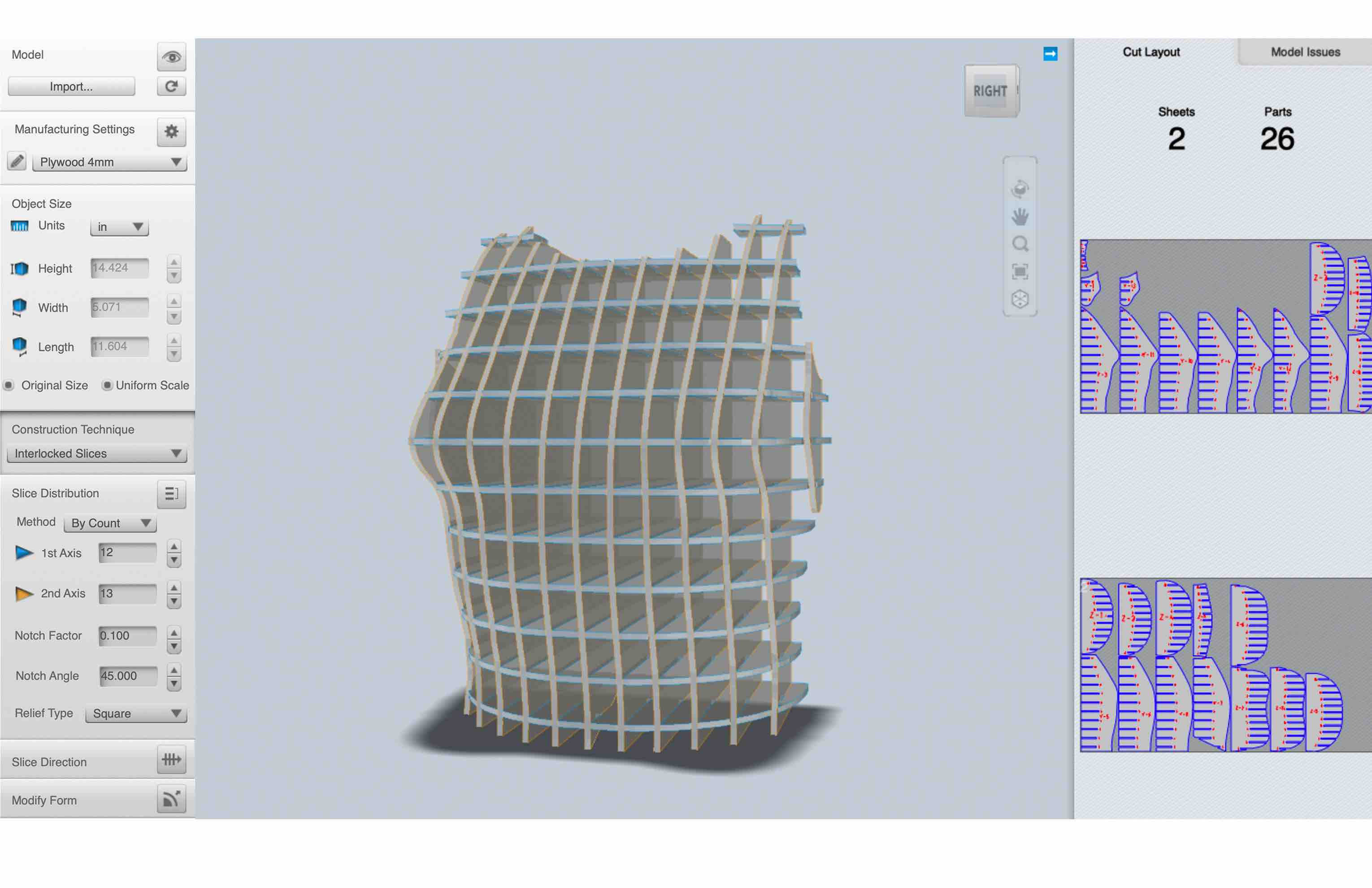

Lasercutting¶
Material: Plywood 4mm
P: 75
S: 0.5
F: 1000
Passes: 1



Paper Mache¶
To incoorperate the traditional materiality into my mold I collected some herbs mentioned in the museum and made a decoction to add to the paper mache mix. The mix was 2 parts liquid (water and decocion) to 1 part flour and a pinch of guar gum. I used recycled paper and covered the waffles plywood to create a smooth surface.
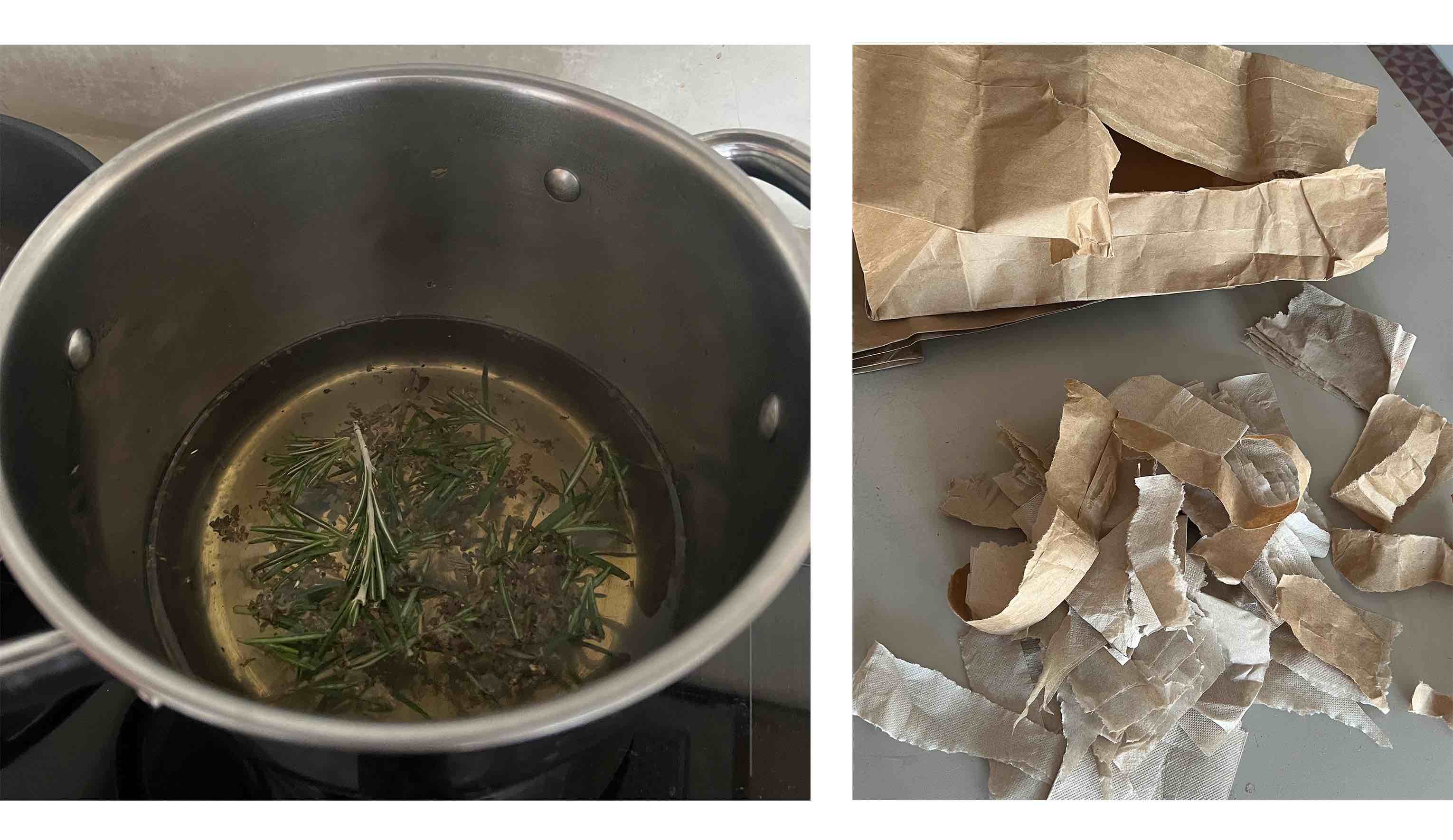

Bioplastic joinery¶
Both of these designs will require some kind of joinery to attach the cloth in a no-sew way. I am thinking of ways to do this while utilizing the unique properties of this silkworm fabrication method. Since silkworms can lock small objects into the silk mesh by spinning over them, this could be helpful to integrate the clasps into the silk without sewing or other materials.
Ideally the clasps would be made from silk fibroin bioplastic that I can make with the broken cocoons, mixed with gelatin or another biopolymer. Then the entire piece will be biodegradable and look more homogenous.
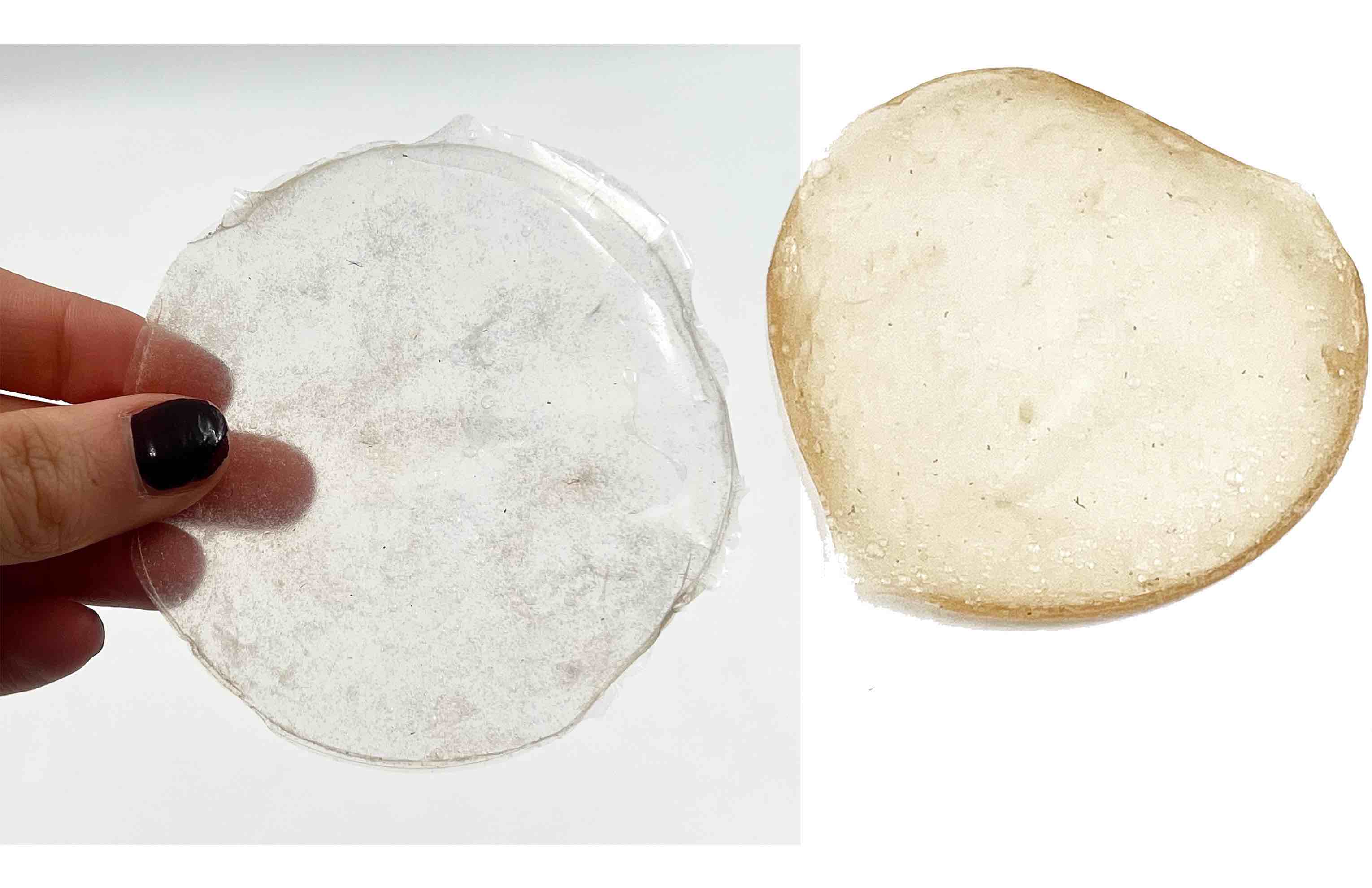
. . . in progress